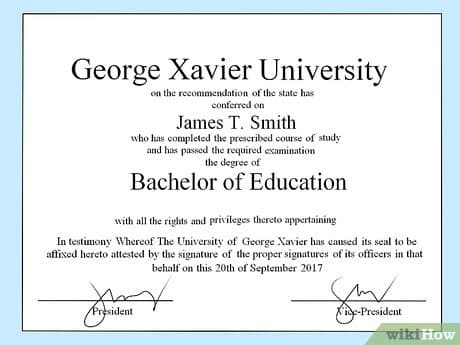Australian Teacher Education: Critical Social Justice Subjects Outnumber Literacy and Numeracy Training by Three-to-One

A recent audit by the Institute of Public Affairs (IPA) has revealed that Australian university teaching degrees prioritize Critical Social Justice (CSJ) subjects over core literacy and numeracy training. The report, titled "Who Teaches the Teachers?", found that 1,169 out of 3,713 subjects offered to teaching students focus on CSJ, accounting for 31% of all available subjects. This contrasts sharply with the 371 subjects dedicated to developing essential mathematics, phonics, and grammar skills, meaning future teachers are required to take three times as many CSJ-focused subjects.
According to Dr. Bella d'Abrera, Director of the IPA's Foundations of Western Civilisation Program, Critical Social Justice assumes that human interaction is underpinned by oppressive power structures based on group identities like race and gender. The report states that these theories, rooted in Marxist and postmodern thought, aim to train teachers as "agents of change" rather than focusing on traditional educational methods. This approach is seen as contributing to a decline in student literacy and numeracy outcomes, with 2023 NAPLAN results showing one-in-three Australian students not meeting basic standards.
The IPA audit categorizes CSJ subjects into areas such as "Diversity and Inclusion," "Aboriginal Education," "Social and Emotional Learning (SEL)," and "Sustainability." These subjects, often compulsory, are described as teaching that "Australia is systemically racist" or promoting "radical gender theory" and an environmental ideology linked to social justice. For instance, a University of Queensland course, "Indigenous Knowledge & Education," includes readings on systemic racism and Critical Race Theory.
The report highlights that the emphasis on CSJ is equivalent to approximately one-and-a-quarter years of a four-year Bachelor of Education degree, while core literacy and numeracy receive less than half a year of dedicated study. This imbalance, the IPA argues, leaves new teachers ill-prepared for the practical demands of the classroom, contributing to a 50% completion rate for teaching degrees and 20% of new teachers leaving the profession within three years. The findings suggest a "warped priorities" within Australian university faculties, impacting both trainee teachers and the students they will teach.